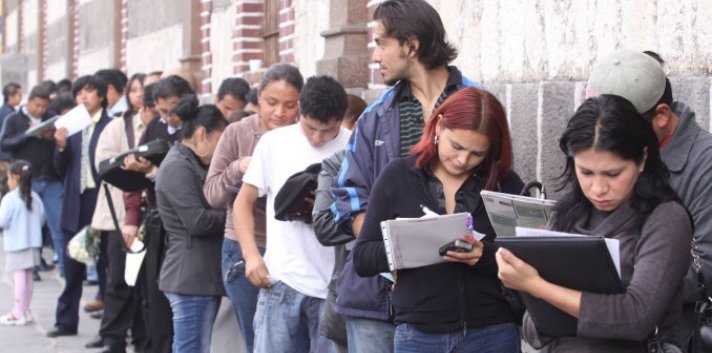
EspañolWith four months left until Argentineans go to the polls to elect their new president, the executive created new jobs within various government ministries every day in April, according to the Official Bulletin. The Argentinean government already devotes 12 percent of GDP to paying public-sector salaries alone.
A report by investigative journalist Martín Grandes for local daily Perfil indicates that the number of public-sector jobs increased by 40 percent, and contracted employees by 252 percent, between the beginning of the presidency of Néstor Kirchner (2003-2007) and 2013.
In 2013 alone, 454,323 people worked for the state, earning AR$342 billion in salaries. Grandes reports that the public sector in 2013 (not including state-run firms or public banks) made up 16.6 percent of the workforce.
“The number of public employees is very approximate, because there are loads of ways of creating them and hiding them. There are no official figures, and those that exist are very out of date,” an employee of the National Institute of Statistics (Indec), who preferred to remain anonymous, told the PanAm Post.
According to Grandes, public-sector employment has risen rapidly since the first presidency of Cristina Kirchner from the 1990s, when levels of public employment hovered between 8 and 10 percent of GDP.
Labor Days
Every publication of the daily government newsletter in April contained at least one resolution creating new state workers, despite a high degree of jargon which could disguise the new hires from a casual observer.
“That through the Resolution by the then Secretariat of the Public Management of the Leadership of the Cabinet of Ministers N° 39 of March 2010 and its amendments, is approved the System of Personnel Selection for the National System of Public Employment,” says one resolution on April 28.
To give a decoded example, the Health Services Superintendency decreed the creation of 10 new posts on Monday, April 27.
Asusta la cantidad de nombramiento en el Estado. Miren lo de hoy en el INADI pic.twitter.com/wGN2jT1FhL
— J.M. Stella (@StellaJoseM) May 5, 2015
“The number of state appointments is shocking. Look at today’s [new postings] in the INADI.”
On Thursday, April 30, meanwhile, the National Coordination Council of Social Policies announced the creation of 170 new jobs. Cucaiba, the state body concerned with regulating cosmetic surgery, was not far behind, creating a clutch of new publicly funded positions.
On the final day of April, new positions were opened up in the Ministry of Justice of and Human Rights, the Ministry of Foreign Affairs, the Health Ministry, the Central Bank, the Ministry of the Interior and Transport, among others.
The hiring streak appears set to continue throughout May. On Monday alone, the state announced the hire of 57 new employees.
Jobs for All
Interior and Transport Minister Florencio Randazzo — also the pre-candidate for the presidency representing the hardline wing of Kirchnerism — created 7,975 jobs in the course of 2014, or 22 people per day.
According to Perfil, at least 410 of the new posts were located in Randazzo’s hometown.
The study found that between 50 and 70 percent of public-sector jobs, depending upon the ministry, were “not necessarily appropriate.” According to Grandes, the majority of hires were made for political reasons rather than on the basis of merit.
In what is perhaps a snapshot of Argentina’s parlous economic situation, a report by the Argentinean Institute of Fiscal Analysis (Iaraf) indicates that almost 75 percent of the new jobs created in the first two terms of 2015 are set to be within the public sector.
 Versión Español
Versión Español













